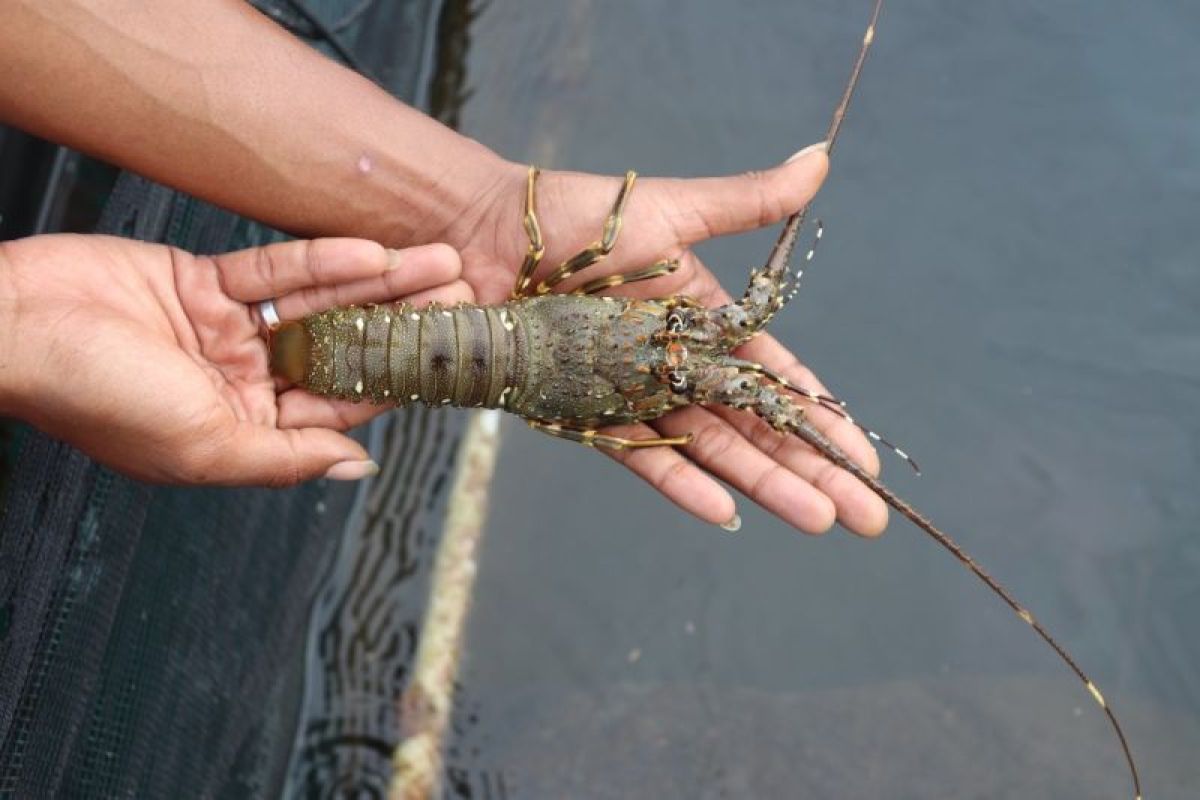
Jakarta (ANTARA) – Freshwater lobster farming is increasingly popular today, both as a hobby and as a promising business opportunity. In addition to having an attractive appearance, this commodity also has a high economic value.
However, before starting cultivation, it is important for beginners to understand proper care techniques so that lobsters can grow healthily and produce optimal harvests.
Through this guide you will learn the fundamental steps to raise freshwater lobsters, so that they grow healthy, live longer and reproduce.
Guide to breeding freshwater lobsters
According to the bee.id website, here are several things that need to be done when growing freshwater lobsters:
1. Preparation of the aquarium and selection of hatching lobsters
The first step in growing freshwater lobsters is to prepare a suitable container for breeding. Media that can be used include aquariums, concrete ponds or plastic tubs, depending on the needs and size of the business.
For the seeding phase, an aquarium measuring 1 meter (length) × 0.5 meters (width) × 0.4 meters (height) is ideal. Fill the water to a maximum height of 12 inches, which can hold about 100 1-inch lobster seeds.
Choose healthy, active lobster seeds of a size balanced with aquarium capacity. Make sure the container has a good water filtration system and that it has a hiding place or shelter so that the lobsters do not attack each other, especially when mute (shedding skin).
2. Maintain water quality
Water quality is a crucial factor in the success of freshwater lobster cultivation. Therefore, it is important to regularly monitor temperature, pH, ammonia, nitrite and nitrate levels to keep them within safe ranges.
Types of water that can be used include ground water, PDAM water, or river water. However, each requires different treatment:
• Groundwater must be stabilized for a minimum of 24 hours so that the oxygen content increases and the acid level decreases.
• PDAM water should also be left for a full day to remove residual chlorine and chlorine.
• River water can be used as long as it is clean and not contaminated with waste.
These steps help reduce the risk of stress or death of the lobsters so that the cultivation process can run optimally and efficiently.
3. Nutrition
Freshwater lobsters are omnivorous, meaning they eat a variety of foods. You can give fish pellets, boiled vegetables, worms, shrimp and organic food scraps. Make sure that the food provided is varied, sufficient and nutritionally balanced, so that the lobster’s growth occurs optimally.
4. Phases of reproduction
For those who want to develop cultivation to the reproductive stage, it is important to understand the differences in gender and maturity level of mother lobsters. When ready to mate, female lobsters store their eggs under their tails.
The eggs will remain there for several weeks until they hatch and give rise to larvae. Calm, clean water conditions are needed at this stage for the hatching process to go well.
5. Pralon pipe and roster
Paralon tubes and logs work as a concealed medium for lobsters, as well as helping to protect them from exposure to excessive light, such as direct sunlight. The size of the tube can be adjusted to the growth stage of the lobster, so they remain comfortable while hiding.
Meanwhile, the use of rosters has limitations because it is only effective for young lobsters up to about 3 months of age or when their body has not exceeded 7.5 cm. Next, the lobster needs more shelter.
6. Install an aerator or oxygen machine
Another important piece of equipment in lobster farming is the aerator. Without an adequate supply of oxygen in the water, lobsters are subject to stress and even suffocate. Therefore it is necessary to install an aerator and its capacity must be adapted to the size and number of maintenance containers used.
Read also: Why do freshwater lobsters die so easily? This is the cause and prevention
Read also: Police foil smuggling of 44,000 BBLs from Cidaun Cianjur
Read also: Korpolairud foils smuggling of 50,000 illegal BBLs to Cianjur-West Java
Reporter: Sean Anggiatheda Sitorus
Publisher: Alviansyah Pasaribu
Copyright © ANTARA 2025
Automatic retrieval of content, crawling or indexing by artificial intelligence on this website is strictly prohibited without written permission from ANTARA news agency.



